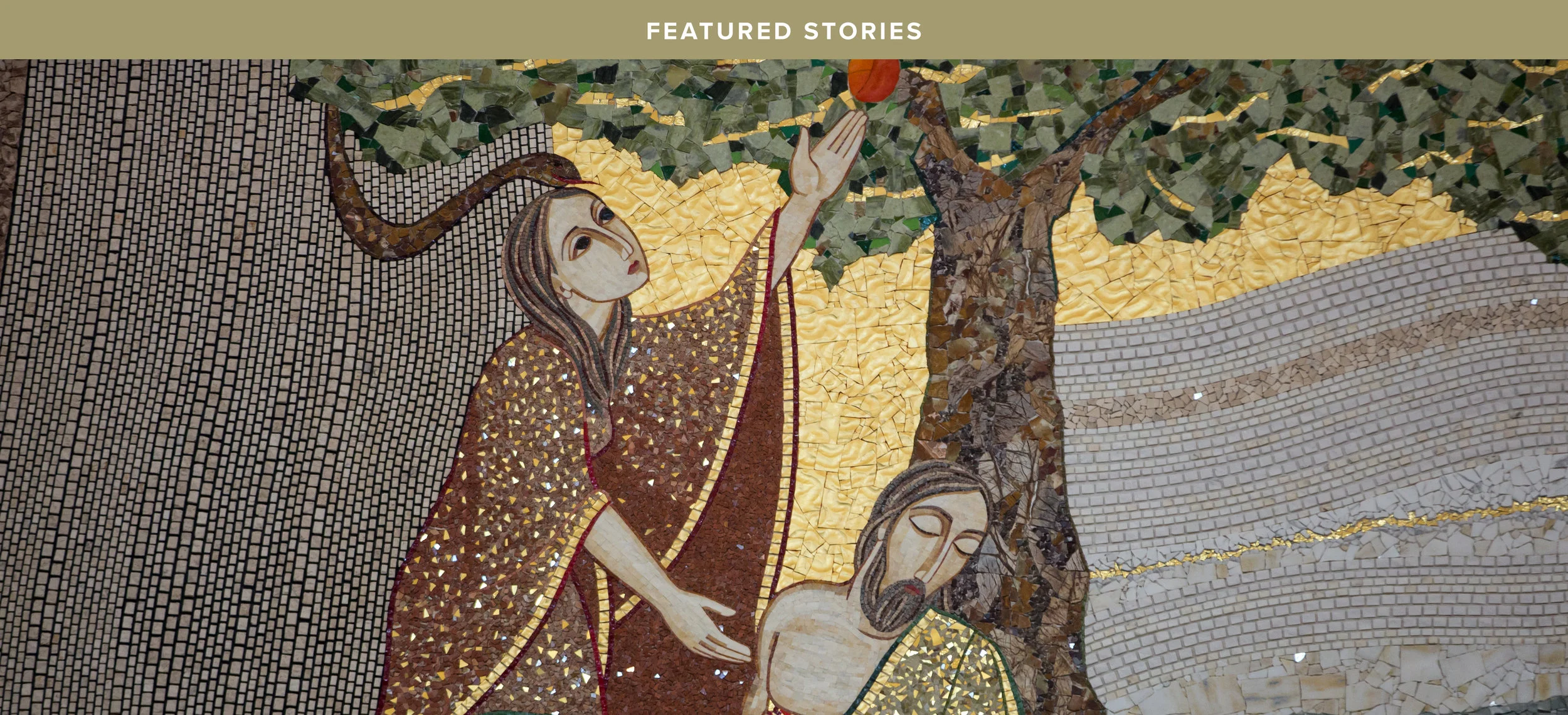Sorting Out the Loss at the Cathedral of Notre Dame
The Music of Architecture
Please allow me to begin by reflecting upon a string of seemingly random observations. It has been said that trying to write about music is like trying to dance about architecture. I wish I knew what trying to write about both music and architecture simultaneously is like. We call sheet music or score “a piece of music.” We say, “Hand me that music.” However, a musical score is not a piece of music, strictly speaking. It is only a plan for how to play a piece of music; the actual music only exists in sound, when it is played. We would never say, “Hand me that building” when referring to an architectural blueprint. Like the score, it is only a plan on paper for a building, not a building itself. Yet, in both cases, the document does symbolize and represent its object, whether music or a building, in some kind of conceptual and perhaps even transcendent way.
As a composer, I think of myself as a kind of architect of sound and of time. I tell myself that I would like to create a lasting masterwork to become part of the canon of great music that will continue to live on for centuries, like Bach’s great Mass in B Minor. As such, it will have to be preserved and passed on in sheet music (whether paper or electronic) and recordings. However, my belief as a Christian is that this world will one day come to its end and be burned up, including all the sheet music and CD’s of this world’s music, all our houses and clothing and buildings. Will the pieces of music I write during this life somehow follow me to heaven and be performed in concerts there? I don’t think the Church speaks to this question, but my speculation is that the music of heaven will be so much more sublime than anything I could have created here that no one will have any interest in performing my old music there. Will God allow me to compose better music in heaven, instead, or will I not have any interest in continuing to compose? I don’t know. If the point of creating these things is to anticipate our journey to, and express our desire for, heaven, then one might say that there will be no need to keep composing them, once we’re there. But then again, we could keep creating them as a kind of eternal celebration that it all had come true.
What I do know is that the things we are allowed to create in this life can indeed somehow symbolize redemption and the expectation of heavenly things to come. Revelation, chapter 21 tells us to expect a “new Jerusalem.” This would seem to acknowledge that there was an old Jerusalem and to describe in some detail how there will be a new and improved architecture in that city, a perfecting, even as it keeps the same name. It is not an entirely new city with a new name. We might extrapolate that there could be upgraded pieces of music, similar to the ones we have now but “paved with notes of gold” – perhaps in the form of more beautiful sounding instruments. Who knows? If this is meant to be, then I have no need to jealously try to preserve my musical legacy or store my musical scores up in towers of grain, as it were.
But then what can you say about the near destruction of a holy building like Notre Dame? Some of the things I have said about music are probably true. Yes, we are in awe of this magnificent edifice as a thing of objective beauty in itself, as a human accomplishment, as a sacred space where the graces of the sacraments have been dispensed, and as a physical representation of the communion of the saints (so many saints from many centuries having shared it). But if God creates “a new Notre Dame” in the manner of His “new Jerusalem,” it will surely be many times more beautiful than this one ever was. We must not be too attached to the stones of the present physical building, but rather appreciative of its several meanings.
On the other hand, in this present world, God has given us things of great beauty and has allowed us to make them and enjoy them and even to use them in sanctified worship. We do not in our Catholic theology denigrate the physical part of God’s creation or create a dualism that coldly dismisses the physical, as in Gnosticism or Manichaeism. Furthermore, there surely must be in architecture, far more than in music, an interface with the much discussed “theology of place.” It is beyond the scope of these musings to explain this theology in detail, but it is easily found in a number of books. In short, modern man has sometimes gone adrift and lost a very crucial attachment to a specific home, hearth, and town. Such an attachment is, itself, a symbol for us that we have a true home in heaven. I can understand mourning the loss of a sacred building that represents this theology of place for us, but not mourning it only for its bricks and mortar, which will one day pass away. As for music, if I can create something beautiful in this life that is a temporary blessing and reflection of God’s grace and creativity in this present life, I do not cling to hopes of its eternal longevity. It will have had its day and will have served as my own expression of obedience and worship in the creative sphere.







